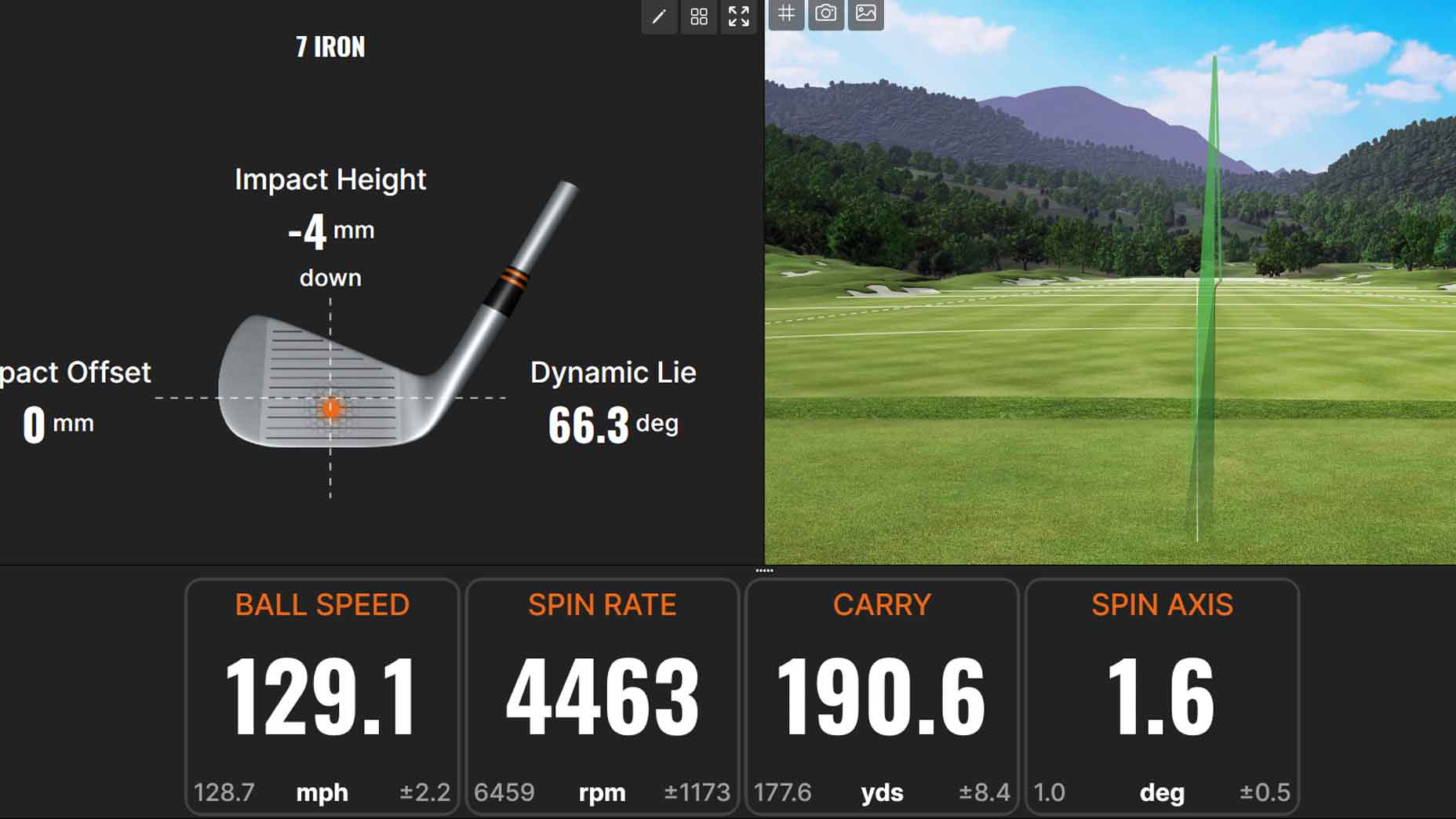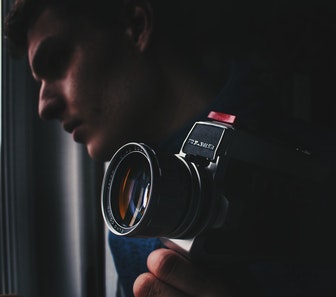Those mud balls at the PGA? Here's why the pros detest them
Welcome to Play Smart, a regular GOLF.com game-improvement column that will help you become a smarter, better golfer.
The sun is shining at Quail Hollow for the opening round of the 2025 PGA Championship — but that hasn’t been the case for much of the week. Showers throughout the practice rounds soaked the course early in the week, and that rain water is still wreaking havoc as the second major of the season gets under way.
The PGA of America announced late on Wednesday that despite the saturated course conditions, they would not play with preferred lies, a decision that some players were not wild about.
“I understand how a golf purist would be, oh, play it as it lies,” said World No. 1 Scottie Scheffler. “But I don’t think they understand what it’s like literally working your entire life to learn how to hit a golf ball and control it and hit shots and control distance, and all of a sudden, due to a rules decision that is completely taken away from us by chance. In golf, there’s enough luck throughout a 72-hole tournament that I don’t think the story should be whether or not the ball is played up or down. When I look at golf tournaments, I want the purest, fairest test of golf, and in my opinion, maybe the ball today should have been played up.”
How exactly does mud on the golf ball affect the way the ball flight? We asked our resident GOLF Top 100 Teacher Joe Plecker to conduct a test with one of his students to find out.
How mud affects ball flight
When fairways get soaked, it can result in pools of standing water and soft spots for drives to settle in. When mud sticks to a ball in these conditions, though, the rules prohibit you from cleaning your orb until you get to the green.
So, how does the ball react differently with mud on it? My student, Jack Bosworth, who is a Div. 1 golfer at Seton Hall University, helped me find out. Below are two different scenarios when dealing with mud balls, including some Trackman data that shows how the ball flies.
Scenario 1: Mud on the ball, but not between the clubface and ball at impact
In this case, the clubface will still make clean contact with the ball’s surface, even though there’s mud stuck to it. The 7-iron shot, with mud both on the top and side of Jack’s ball, flew at a normal height with nearly normal spin, but it landed well short of his typical 182-yard carry distance. The spin was slightly reduced, but not significantly.

In this situation, you can expect the ball to fly a little shorter than usual, but it will still generally follow the clubface’s direction. The best play is to use one extra club and make your normal swing.
Scenario 2: Mud between the clubface and the ball at impact
The mud in this scenario significantly alters the shot. When mud gets between the face and the ball, it dramatically reduces spin, often causing the ball to “knuckle” and travel much farther than expected. Jack’s 7-iron normally carries 182 yards, but with mud interfering at impact, the ball flew 190 yards with a sharp drop in spin rate.

In this scenario, use less club than usual and be aware that the ball will have less stopping power when it lands.
As you can see, mud on the ball has a significant impact on how the ball flies. Worse yet, the way it affects the shot depends on where the mud sits on the ball. It’s no wonder pros get so upset when they have to play the ball down in soggy conditions.
The post Those mud balls at the PGA? Here’s why the pros detest them appeared first on Golf.



